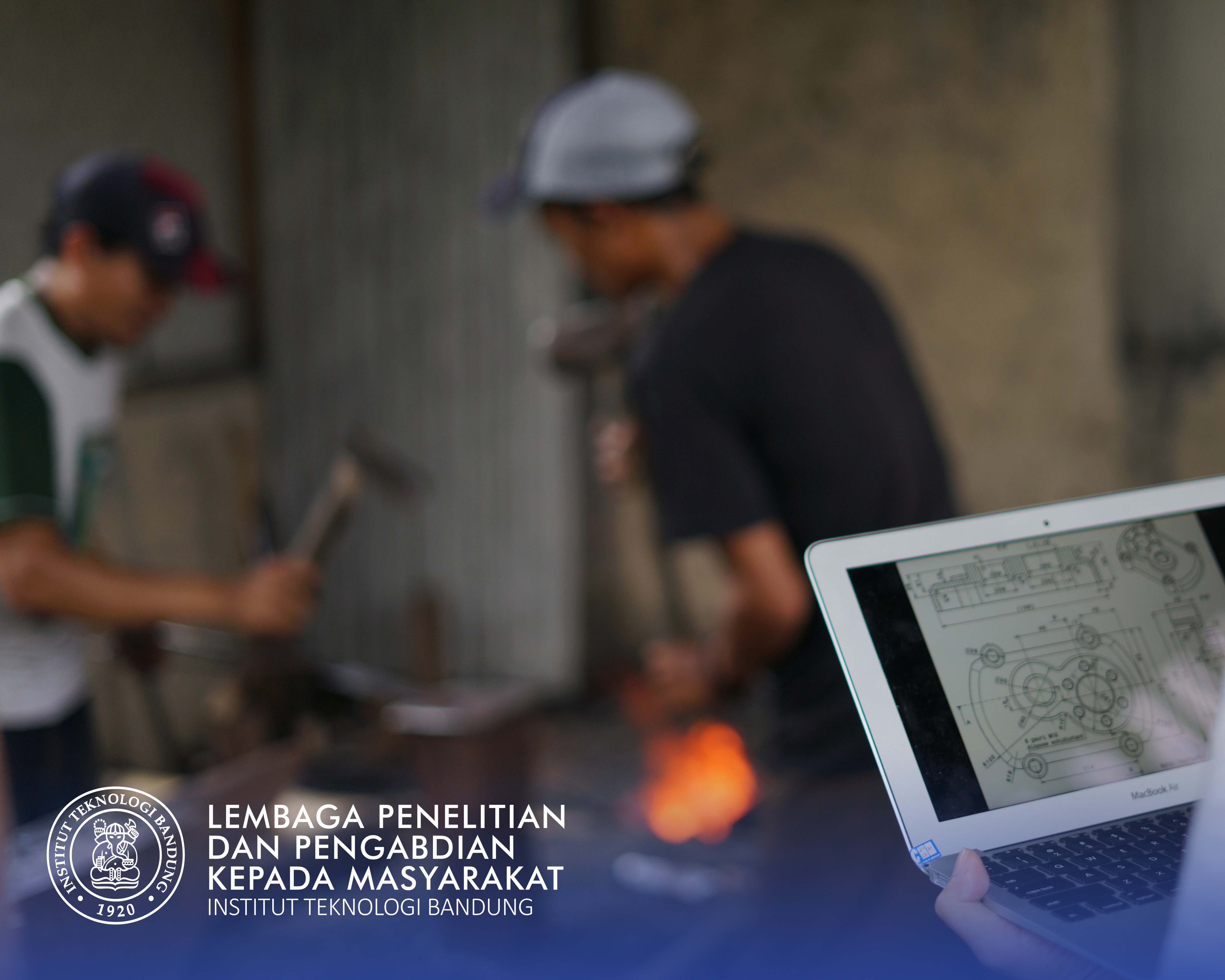

Agus Suharjono Ekomadyo
When a heritage building is used for other activities that have economic value, a consumption process occurs in that heritage, where values are conveyed to consumers through the architectural artifacts presented. Several heritage sites have been revitalized into places to eat, and here the relationship between heritage and local food issues occurs, so that heritage issues can be included in the agenda of sustainable development goals. During the pandemic, consumption activities at heritage sites through transit activities apparently played a role in maintaining the economic sustainability of the community, especially those affected by restrictions on mass tourism activities, as happened at the Banjaratma heritage rest area which has become an alternative economic source for several painting artists from Bali. (Figure 1).
On the basis of this idea, community service activities are proposed in the form of a “hybrid space” for heritage, which combines heritage building revitalization designs by including virtual spaces as a container for narrative content from the heritage. The heritage case chosen was the Sragi Sugar Factory (PG) area in Pekalongan Regency (Figure 2), with the consideration that this area could be an alternative transit on the cross-Java toll road, and is located in Pekalongan Regency which already has a Memorandum of Understanding (MoU) with ITB . Designing “hybrid space” The way to revitalize the PG Sragi heritage is through Actor-Network Theory, which places technology, including design, whether conventional or with virtual media, as a delegation of the will of the actors involved in this revitalization effort.
Through this approach, community service activities have been carried out in several stages, namely identifying heritage that will be revitalized, mapping the actors, desires and prescriptions that will occur, creating heritage designs and content, compiling a database of local food served at the heritage, and assist stakeholders in implementing the design. The resulting output is a “hybrid space” on heritage as a consumption space that presents local food diversity (Figure 3). In the long term, the model is expected to contribute to the national policy of restructuring Indonesian sugar factories towards sugar self-sufficiency, especially how architectural heritage plays a role in the issue of food sovereignty.
1. Develop an operational framework for a design and social engineering approach so that the resulting technology is delegated to the actors involved
Benefits for KK/FS/ITB a. Strengthening Academic Relevance to Contemporary Issues: Involvement in this project strengthens the position of the Architecture study program as an institution that is responsive to global issues such as sustainable transition, heritage preservation, and the use of technology in architectural design. b. Multidisciplinary Collaboration: This project opens up opportunities for collaboration between architecture and other disciplines such as information technology, urban planning, and social sciences, enriching the academic experience of students and faculty. Benefits for Indonesia/Global a. Improving Heritage Preservation: Improving virtual space design that focuses on heritage allows historical spaces to be better preserved through the use of technology, so that cultural heritage remains sustainable and relevant for modern society. b. Strengthening the Local Food Narrative: Improving local food content, especially in conveying food sustainability messages, can increase public awareness of the importance of transparent and traceable local food consumption c. Innovation in Heritage Management and Food Sustainability: The integration of virtual space with food sustainability content through digital platforms provides a new approach in utilizing technology for cultural heritage management and food security. d. Innovative Policy for Heritage and Sustainable Food: Preparing a policy text that combines heritage management and food sustainability provides a governance basis that supports the preservation of cultural heritage and the local economy.